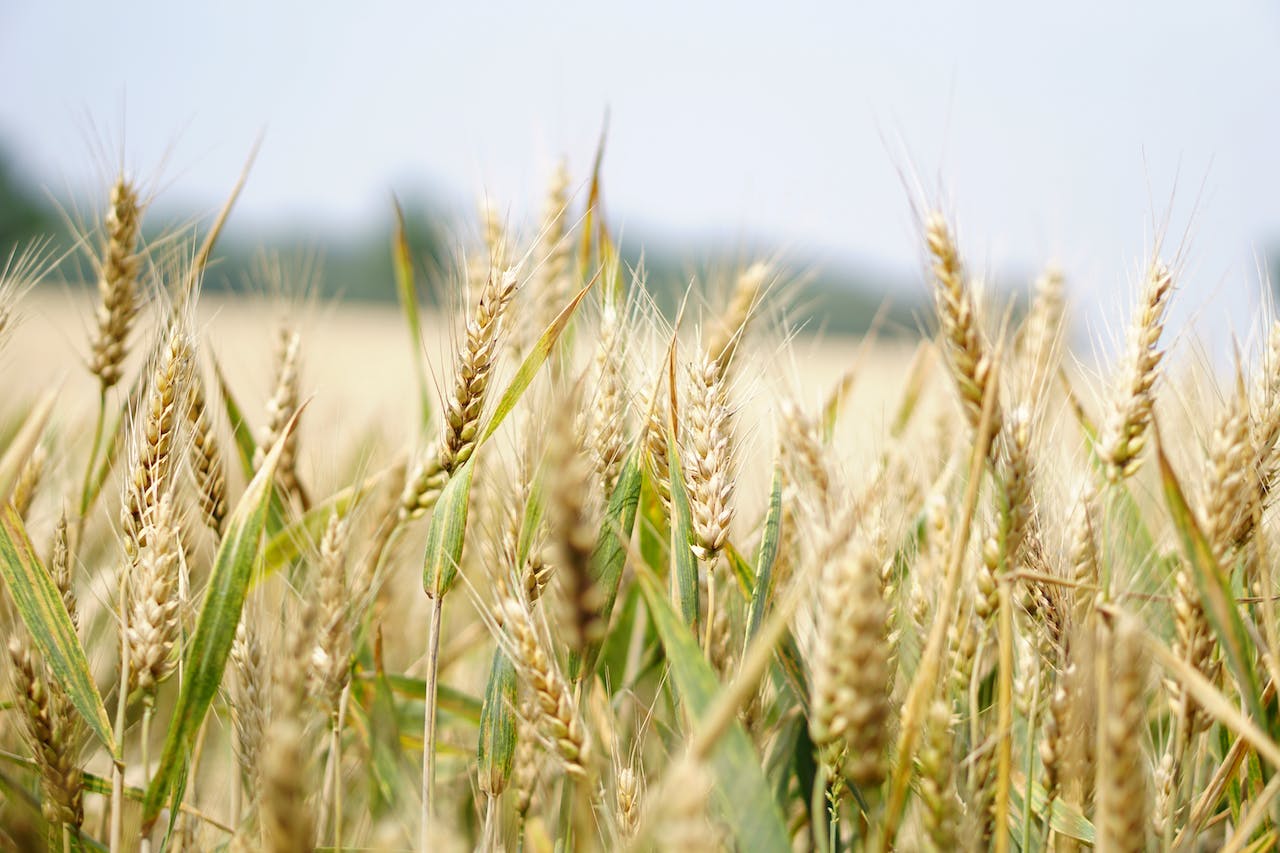Seed Treatment Methods: Techniques to Improve Seed Performance and Crop Health
Seed treatment is a vital practice in modern agriculture aimed at enhancing seed performance and crop health. It involves the application of various techniques to seeds before planting. This article explores the different seed treatment methods, their benefits, and their impact on crop production, with a focus on case studies and examples to illustrate their effectiveness.
Seed Treatment Methods
Physical Methods
Physical methods of seed treatment alter seed properties using physical forces. These methods include seed coating, pelleting, and priming.
Seed coating: An example of seed coating is the application of a polymer film containing beneficial microbes to soybean seeds. This treatment improved seedling emergence, nutrient uptake, and ultimately led to higher yields compared to untreated seeds.
Pelleting: In a case study involving maize seeds, pelleting with a mixture of nutrients and growth regulators resulted in larger and more uniform seeds. This led to improved seedling establishment and higher yields in the field.
Priming: Priming cucumber seeds with a nutrient solution improved seed germination and seedling growth under saline conditions. Primed seeds showed increased tolerance to salt stress, resulting in better crop performance.
Chemical Methods
Chemical methods of seed treatment use chemical substances to enhance seed performance. These methods include seed disinfection, seed dressing, and seed soaking.
Seed disinfection: A study on tomato seeds showed that disinfection with fungicides reduced seedborne pathogens, leading to higher germination rates and healthier seedlings.
Seed dressing: In a case study involving wheat seeds, dressing with insecticides protected seeds from wireworm damage, resulting in higher yields at harvest.
Seed soaking: Soaking cotton seeds in a solution containing growth regulators improved seedling vigor and early growth, leading to higher yields in the field.
Biological Methods
Biological methods of seed treatment use living organisms to enhance seed performance. These methods include seed inoculation and seed bio-priming.
Seed inoculation: Inoculating pea seeds with nitrogen-fixing bacteria improved plant growth and nitrogen uptake, reducing the need for chemical fertilizers.
Seed bio-priming: Bio-priming wheat seeds with beneficial fungi improved seedling growth and nutrient uptake, resulting in higher yields.
Benefits of Seed Treatment
Seed treatment offers several benefits, including improved seed performance, disease and pest control, environmental sustainability, and cost-effectiveness. By adopting seed treatment methods, farmers can enhance crop health and yield, leading to a more sustainable and productive agricultural system.
Conclusion
Seed treatment is a valuable practice in modern agriculture that can significantly improve seed performance and crop health. By utilizing various seed treatment methods, farmers can achieve higher yields, reduce environmental impact, and improve the overall sustainability of agricultural practices. Case studies and examples demonstrate the effectiveness of seed treatment methods in improving crop performance and yield, highlighting the importance of integrating these practices into modern farming techniques.




Comments
Post a Comment